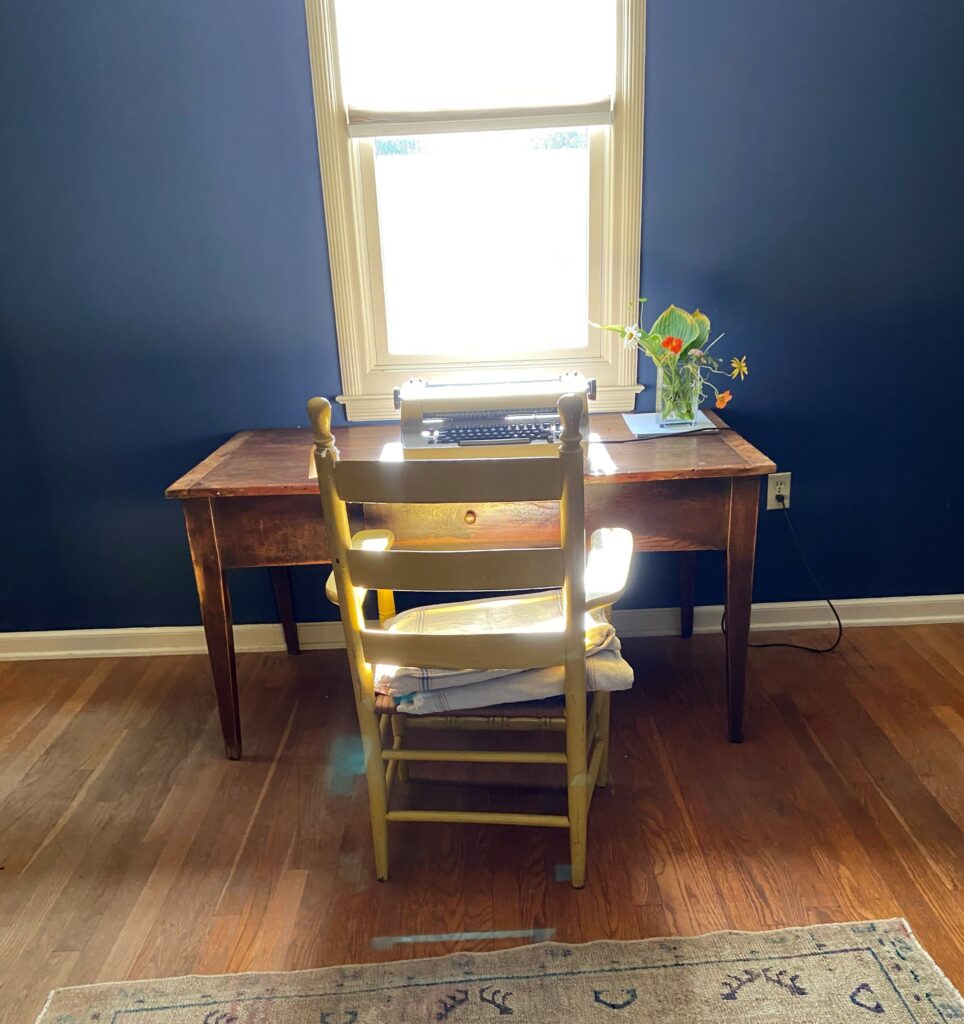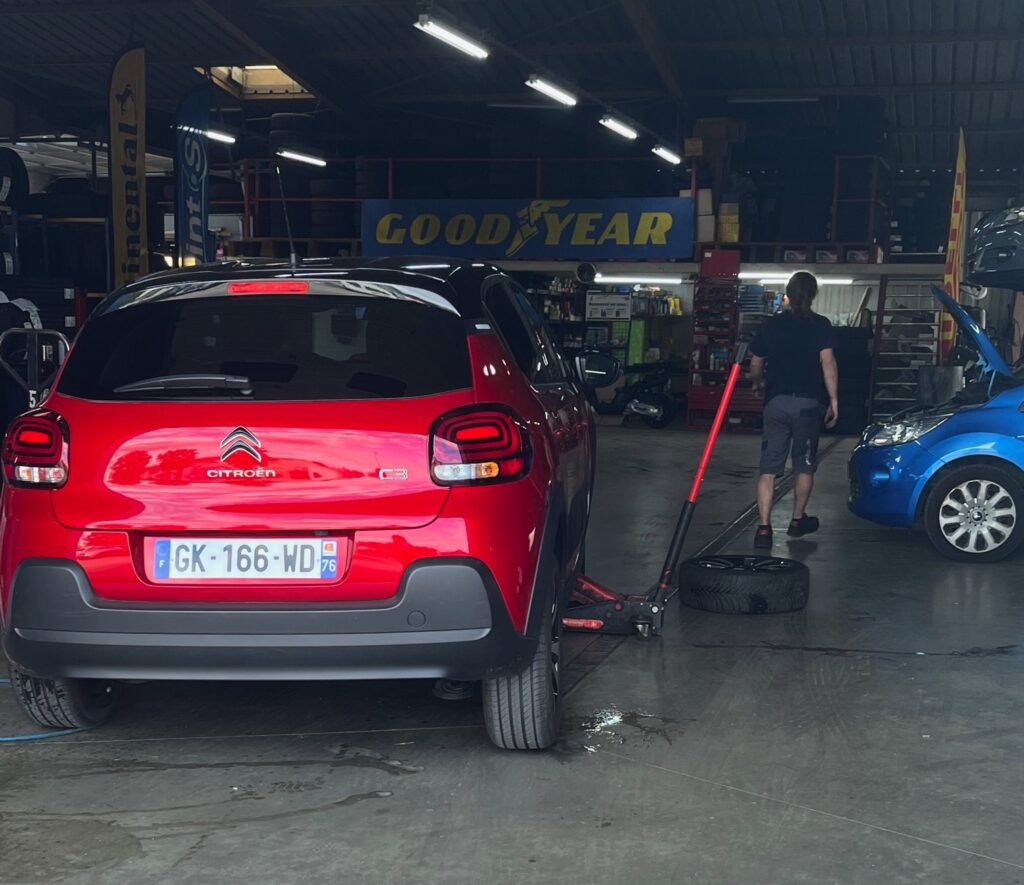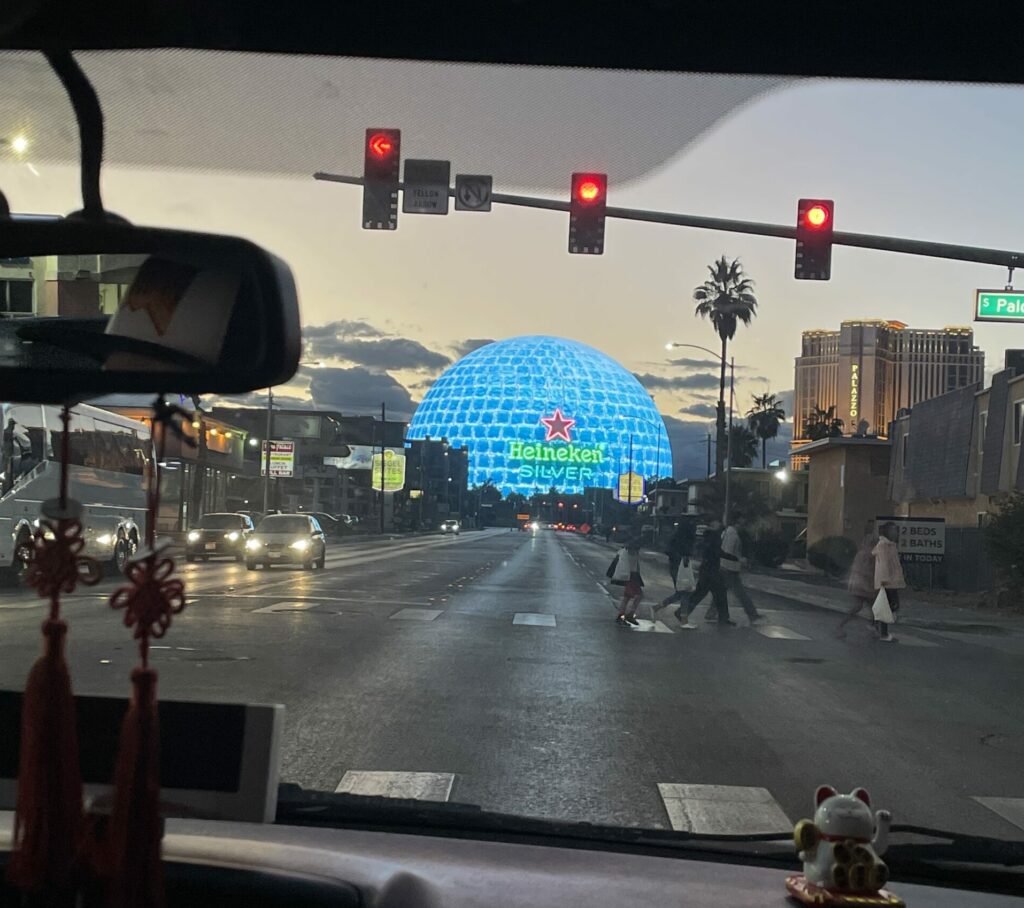Words are Adult Movies | Adult Movies free | Adult Movies latest 2022the binds that keep communities together, but many of Australia's First Languages are rapidly being lost. When combined with new technologies, however, they can be preserved and spread in entirely new ways.
Before colonisation, there were hundreds of social groupings among Indigenous Australians and almost as many languages. Now fewer than 150 tongues are used regularly, according to First Languages Australia, and the majority are said to be critically endangered.
SEE ALSO: This activist has kept greedy oil companies off Indigenous land for 25 yearsProduced by SBS, My Grandmother's Lingois an interactive animation that aims to introduce the world to the language, Marra. Users can propel themselves through the story by speaking the words, learning the language and keeping it alive.
You May Also Like
 Original image has been replaced. Credit: Mashable
Original image has been replaced. Credit: Mashable Marra is now spoken by only a handful of people in the remote East Arnhem Land community of Ngukurr in northern Australia. The experience walks users through key Marra words under the guidance of a young Aboriginal woman, Angelina Joshua.
The story is a personal one for Joshua, who shares the story of her grandmother, a Marra speaker, in the animation.
In her community, there are only two fluent Marra speakers and one partial speaker, Joshua told Mashable. "It's very important because my dad's mother, my grandmother, and her two younger sisters, the three of them, they spoke Marra," she said. "I grew up listening to my grandmother speak Marra."
One day, she hopes to become fluent herself: "That's my dream. It's very important to me." As she describes in the piece, it's more than just speaking the language. It's knowing culture, totems, countries, and skin names -- all in Marra.
 Original image has been replaced. Credit: Mashable
Original image has been replaced. Credit: Mashable When she first saw My Grandmother's Lingo, she said she wanted to cry. She hopes it inspires other Indigenous Australians to learn and protect their local languages.
"What I hope is for them is to think about our language, you know, it's important. I hope for them to get interested in learning their own language," she added.
The animation was done by Gamilaroi man Jake Duczynski, and the stunning soundscape was created by Wiradjuri musician, Kuren.
For Duczynski, Joshua's story struck home. "That's a story that's familiar to my life as well," he explained. "Our family went through a similar process where we completely lost our native tongue except for a tape that exists, that was recorded way back."
 Original image has been replaced. Credit: Mashable
Original image has been replaced. Credit: Mashable In his household, they speak the Gamilaroi words they know that come up in day to day life. "They're generally not the most useful words -- the ones that stick are generally the most explicit," he laughed.
To design the graphics, Duczynski worked closely with Indigenous artists from Ngukurr. "We went back and forth a lot, getting approval for symbols and asking local artists for their interpretation of a dragonfly or a butterfly or a fish," he said.
"The style itself, I wanted to keep it true to traditional Aboriginal art, which is pretty rugged, it's pretty tactile. You can see the rock, you can see the brush."
 Original image has been replaced. Credit: Mashable
Original image has been replaced. Credit: Mashable This was the first time he'd worked on a project dedicated to promoting Indigenous culture, and he hoped the childlike nature of the animation would make learning Marra fun and engaging. After all, the project is a vital one.
"It's so important, especially for Indigenous Australians, to get their elders to open up and share this with them," Duczynski added. "Because once it's gone, that's it, that's the end of it.
"Something that's been around for tens of thousands of years is literally just gone with the last person who speaks it."








